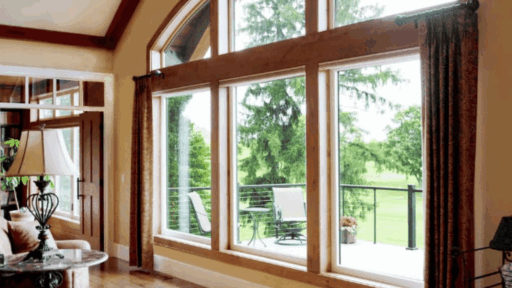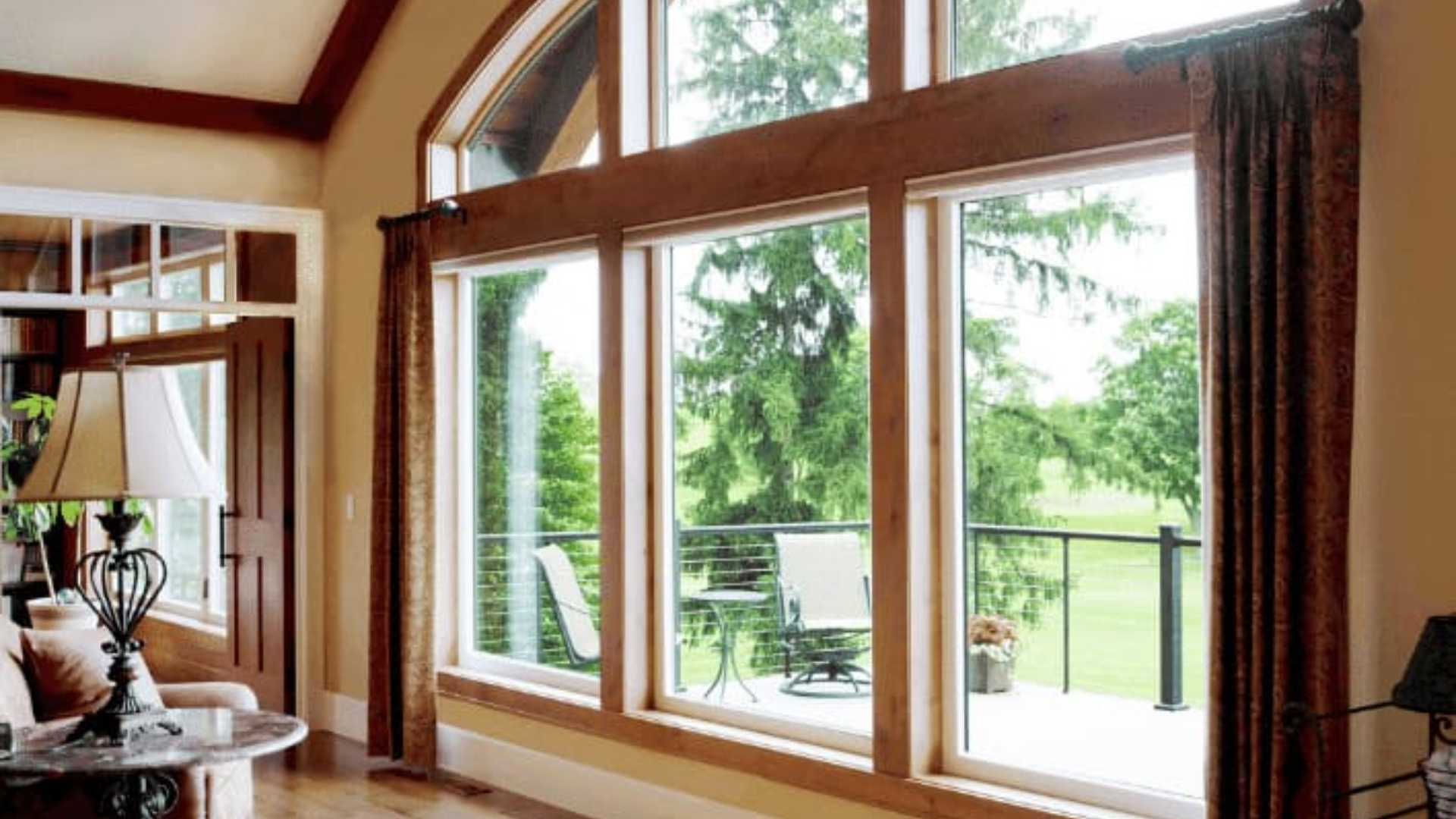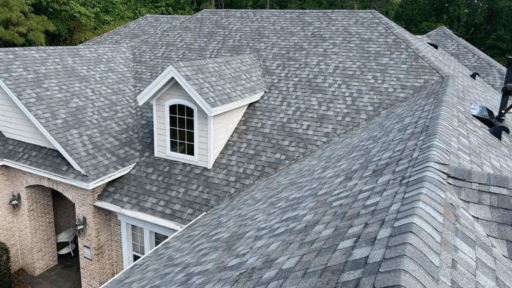Your windows do more than let in sunlight; they help keep your home comfortable and can even lower energy bills. Good windows also add value when it’s time to sell.
But timing matters. Replacing windows in the wrong season can lead to higher costs and more hassle.
Choose the right time, and you can save money while keeping your home cozy during the process.
From what I’ve seen, many people don’t realize how much the season can affect the outcome. That’s why I’m here to offer clear, honest advice, no sales pitch.
In this article, I’ll share the best times of year to replace your windows and the key signs that it might be time for an upgrade.
With a little planning, you can avoid headaches and make a smart investment in your home. Let’s look at the timing and steps that truly make a difference.
Signs You Need to Replace Your Windows
Your windows will show signs when they’re starting to fail. Spotting these early can help you avoid bigger problems and save money in the long run.
- Drafts around closed windows: If you feel cold air sneaking in, the seal may be failing.
- Fog or ice between the panes: This usually means the insulating seal is broken.
- Rising energy bills: Leaky windows let heated or cooled air escape, raising your energy use.
- Hard-to-open windows: Sticking or jammed windows can be frustrating, and even unsafe in an emergency.
- Visible damage: Cracks, rotting frames, or warped wood mean it’s time to take action.
If you notice any of these signs, don’t wait too long. Replacing windows early can protect your home and help you avoid costly repairs later.
Best Time to Replace Windows
Timing your window replacement saves money and reduces hassle. Each season offers different advantages and challenges.
1. Spring Window Replacement

Spring is one of the best times to replace your windows. The weather is mild, so installation goes smoothly without workers rushing or dealing with extreme heat or cold.
Many contractors are emerging from the slower winter season and are eager to start new projects. This often means better pricing and more flexible scheduling if you book early enough.
But spring is also when most homeowners want work done. That means top contractors get booked fast.
If you want a spring installation, it’s smart to start calling and planning in late winter.
2. Summer Window Replacement
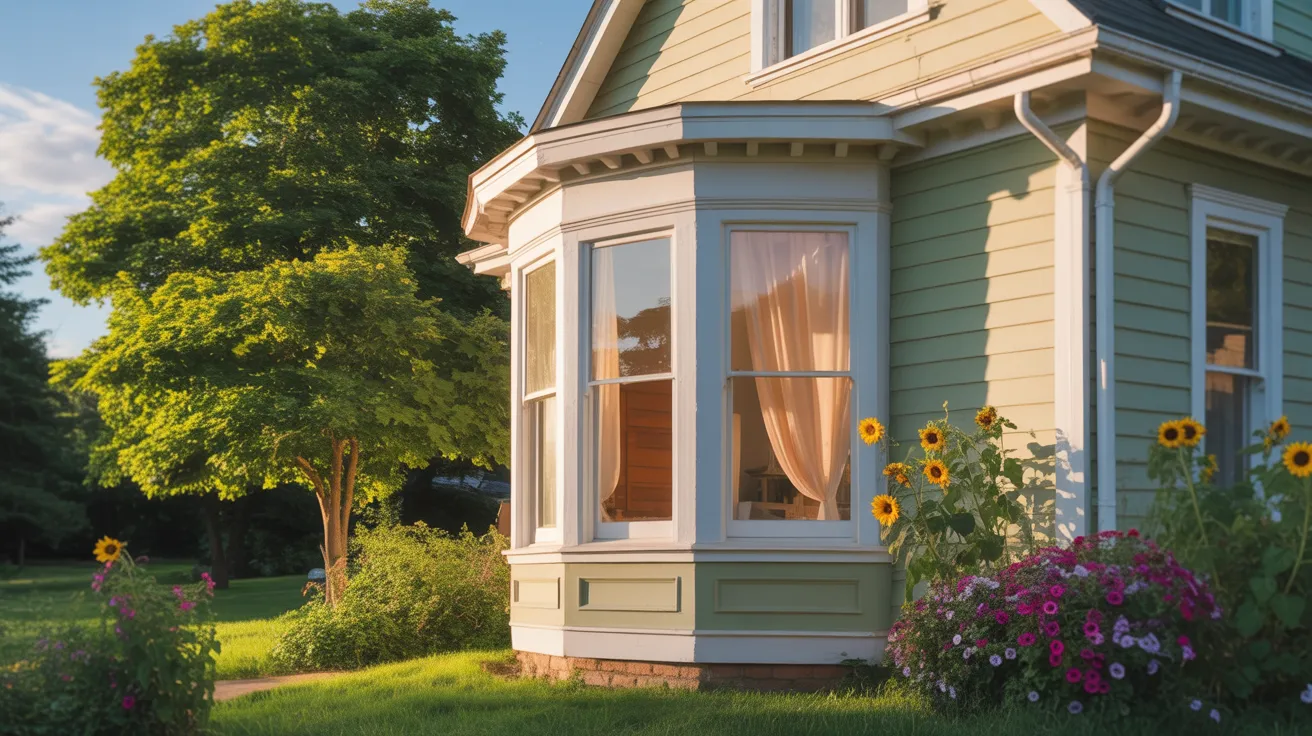
Summer is the busiest time for home improvement, and window replacements are no exception.
Contractors are already overloaded with work, which may lead to increased prices and longer scheduling times.
Hot temperatures also make installation more challenging. While workers are doing their job, your home will lose cool air, which can be uncomfortable.
Still, if your windows are broken or leaking badly, summer may be your only option. When comfort or safety is at risk, it’s better to act fast than wait.
3. Fall Window Replacement
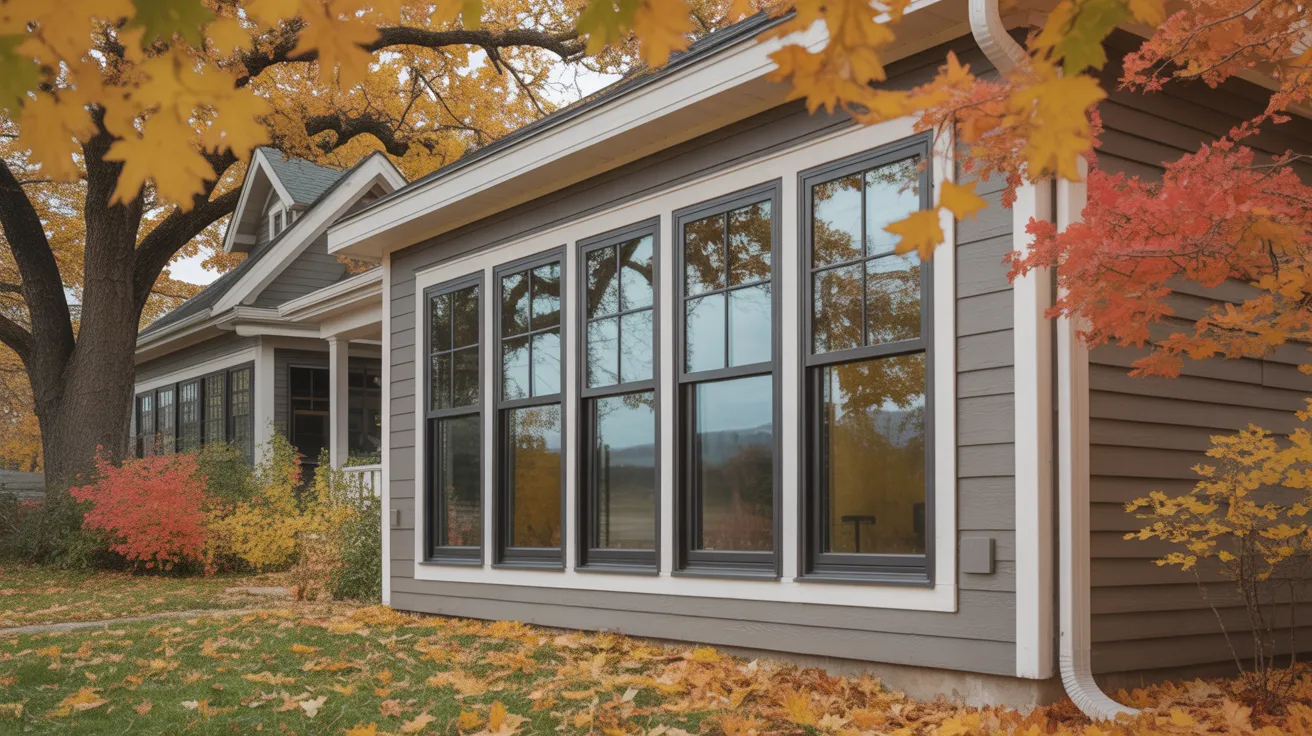
Fall is a great time for homeowners who plan. The weather is still mild in many places, and crews can work without dealing with harsh summer or winter conditions.
Contractors are eager to take on steady projects before the winter slowdown. You’ll likely avoid long wait times and high demand.
Replacing windows in the fall also helps you get ready for colder weather.
Your new windows will be in place before the heating season starts, keeping your home warmer and more energy-efficient when winter arrives.
Factors that Affect Window Replacement Time
Choosing the right time to replace your windows isn’t just about the season; it’s also about your situation and where you live.
Several factors play a big role in making the process smooth, affordable, and stress-free. The following is what you should think about before scheduling your window replacement:
- Your location and climate
- Weather risks like extreme cold, rain, or wind
- Contractor availability during busy seasons
- Your project budget and chances to save in the off-season
- Family schedules, such as school breaks or remote work
- Time needed to prepare your home for the work
How to Plan for a Window Replacement
Replacing your windows doesn’t have to be stressful if you plan ahead. Some simple steps to help everything go smoothly from start to finish:
- Start planning early: Begin at least six months ahead so you have time to research, get quotes, and book a good installer.
- Get written quotes: Don’t just look at the price. Compare materials, warranties, and cleanup details to avoid hidden costs.
- Pick the right season: Late fall or early winter is usually less busy and may offer better prices. For spring work, book early.
- Be flexible: If you’re open to different dates, you may save money and get better scheduling options.
- Prep your space: Move furniture and fragile items. Cover anything that stays with plastic to protect it from dust.
- Expect delays: The weather can slow down work, especially on outdoor projects. Build in extra time just in case.
- Talk with your contractor: Discuss work hours, timelines, and expectations up front to avoid surprises later.
Planning helps keep your project on track and your home protected. A little prep now means fewer headaches later.
Most Energy-Efficient Window Options
If you’re replacing your windows, energy efficiency should be a top priority.
The right windows can lower your heating and cooling bills, keep your home more comfortable, and reduce wear on your HVAC system.
The following are some of the most energy-efficient window options to consider:
- Double-pane windows with low-E glass
- Triple-pane windows for colder climates
- Windows with argon or krypton gas fills
- Vinyl or fiberglass window frames (better insulation than aluminum)
- ENERGY STAR® certified windows
- Windows with warm-edge spacers
- Tinted or reflective glass for hot, sunny climates
- Casement or awning styles that seal tighter when closed
Selecting any of these options can help improve your home’s energy efficiency and reduce your utility bills over time.
Conclusion
Emergency window replacement can’t wait for the perfect season. When a window fails, safety and comfort have to come first, even in freezing weather or during storms.
That’s why it’s smart to watch for early signs of failure. Drafts, foggy glass, or windows that won’t open are warnings you shouldn’t ignore.
Planning gives you more control. In most areas, spring and fall offer the best mix of weather, price, and contractor availability.
But don’t wait too long, or you might be forced into a costly emergency job.
Consult a trusted contractor for advice tailored to your home and local climate. Every home is unique, and timing is crucial.
Have a window story to share? Drop your experience in the comments below!.
Frequently Asked Questions
How Long Does Window Replacement Take?
Most window replacements are done in 1 to 3 days. Large homes or complex jobs may take longer, depending on the weather, the number of windows, and the size of the crew.
What Happens If It Rains During Installation?
Contractors use tarps and covers to protect your home. Light rain usually won’t stop the work, but heavy storms may cause delays due to safety and quality concerns.
Should I Replace All Windows at Once?
Replacing all at once improves efficiency and looks, but it’s not required. Many homeowners do it in phases based on budget, starting with the most damaged windows first.
How Much Do New Windows Cost?
Replacement windows typically cost between $300 and $800 each, including installation. Custom shapes, high-end materials, or complex installations can significantly increase costs.

